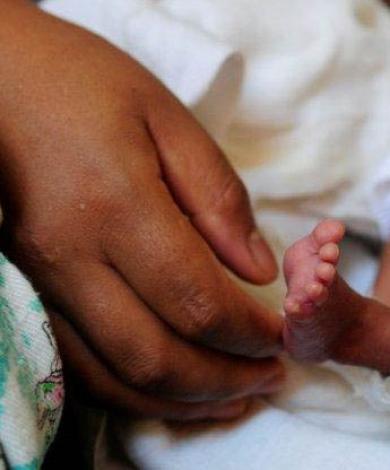This week I have been delighted to finally see the publication of my paper reviewing sex differences in undernutrition which forms part of my PhD studies at LSHTM. I was introduced to the interesting, yet emotive subject of sex differences by my primary PhD supervisor Marko Kerac and have since teamed up with an advisory group full of brilliant people from various disciplines and backgrounds, including a subgroup of ENN’s Wasting and Stunting (WaSt) Technical Interest Group (TIG).
The results from the analysis essentially show that boys are more likely to be wasted, stunted and underweight when compared with girls, with variance by context. It also showed that as a sector, whilst data should be routinely collected on sex, it is not systematically analysed and reported. Where it is, explanations are often conjectural.
I think its safe to say that many of us in the sector have been surprised that boys appear to be at higher risk of undernutrition than girls and have been apprehensive at how this will be received, especially given the enormous efforts of the sector and wider global health community to promote equity in gender. It’s this point though that I have found is often confused: there is a difference between sex and gender. Whilst this work shows boys have higher odds of being malnourished, it does not question that women and girls remain disproportionately affected by gender inequity and that efforts to address this are vital. Rather, it is about understanding what makes a child vulnerable to undernutrition. With a shift in the sector towards targeting risk of adverse outcomes rather than nutritional status per se, this seems vital to unpick. Within neonatal and infant health fields, the concept of male vulnerability is well accepted. Our results show that male sex is almost consistently found to be a risk factor for undernutrition. In the same way that we strive to understand and address other risk factors for undernutrition, this work aims to unpack some of the complexities of sex differences, to understand the mechanisms and reasons behind them.
If nothing else, we hope that this work helps in the interpretation of programme data. Since the outset of this work, I have heard many stories of programme staff questioning programme quality and equity when male admission numbers are higher than female admissions. I hear stories of donors questioning numbers as a reflection of poor programme outreach and an indicator of gender inequality and have also read forum discussions to this effect. This is no surprise given that most high-level policies in the sector explicitly focus on the vulnerability of women and girls without mention of the vulnerability of boys. Ultimately understanding the different risks for boys and girls should help to achieve an overall focus on the most vulnerable children. Whilst the implications of these findings are limited at this point, I hope the findings raise awareness of early male vulnerability and give programme staff the confidence to not make assumptions but interpret their own results in light of national and regional patterns of sex ratios in nutritional status.
What next? There are so many unanswered questions that remain, and we hope ongoing work will begin to provide some answers. Next steps in collaboration with the WaSt TIG include completing a paper looking at possible reasons for sex differences, and an analysis which will focus on breaking down anthropometry, age and sex with case estimates and mortality risks to deepen understanding of the potential implications for policy within the health and nutrition spheres. Personally, I remain fascinated by some of these findings, and look forward to these next steps.
We would love to hear your thoughts and reactions on this topic. You can do this by contacting Susan (susan.thurstans@lshtm.ac.uk) or the ENN WaSt TIG coordinator (tanya@ennonline.net) directly or by starting a new discussion (head to the top of this blog, beneath our share buttons on the right). The work referred to above was made possible by funding to ENN from Irish Aid and the generous support of the American people through the United States Agency for International Development (USAID).
